Detector and Emitter Materials
NLR's materials discovery and design researchers study electronic materials for detector and emitter applications, including radiation detection and light-emitting diodes and focusing on new detector materials design and critical elements replacement in existing detector applications.
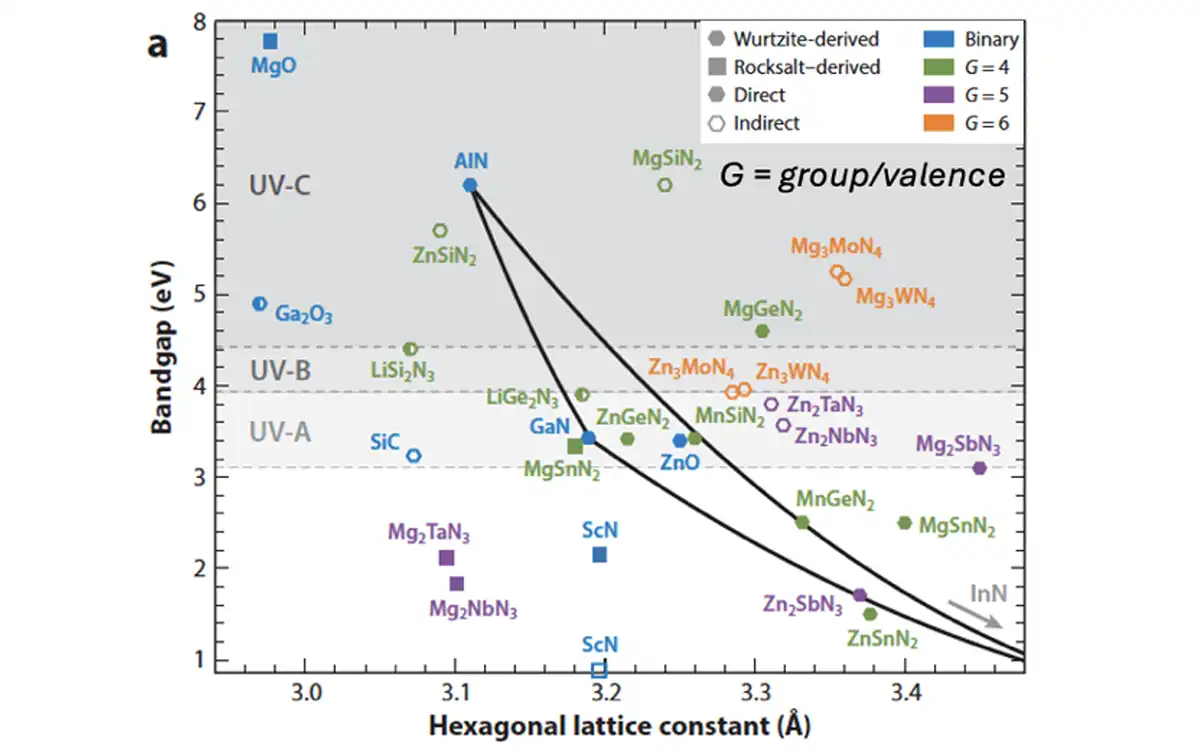
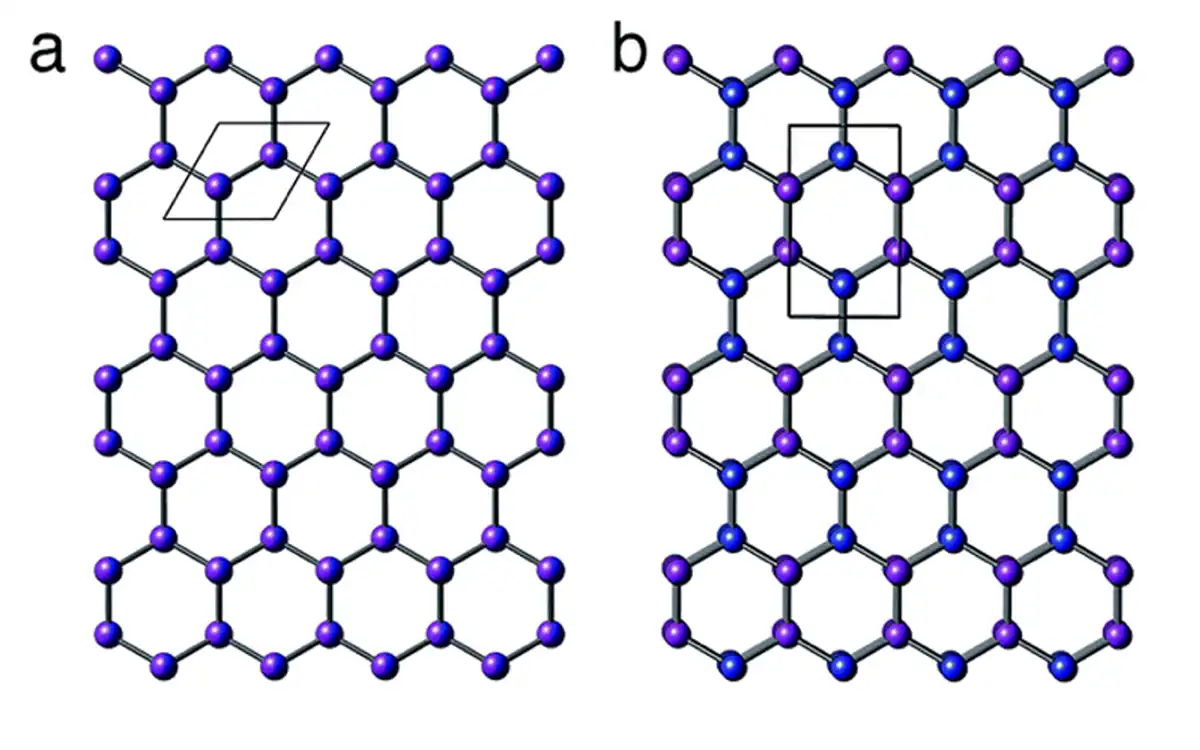
Detection Materials
Our detector research at NLR explores how doping and alloying can impact the detection capabilities of III-N and related wurtzite materials. For example, neutron detection could potentially be designed in Gd-substituted AlN in the form of (Al,Gd)N. We have synthesized this compound using radio frequency sputtering in a kinetically stabilized regime that is metastable under normal thermodynamic conditions. Neutron detection testing is ongoing with collaborators at University of California-Berkeley and Lawrence Berkeley National Laboratory.
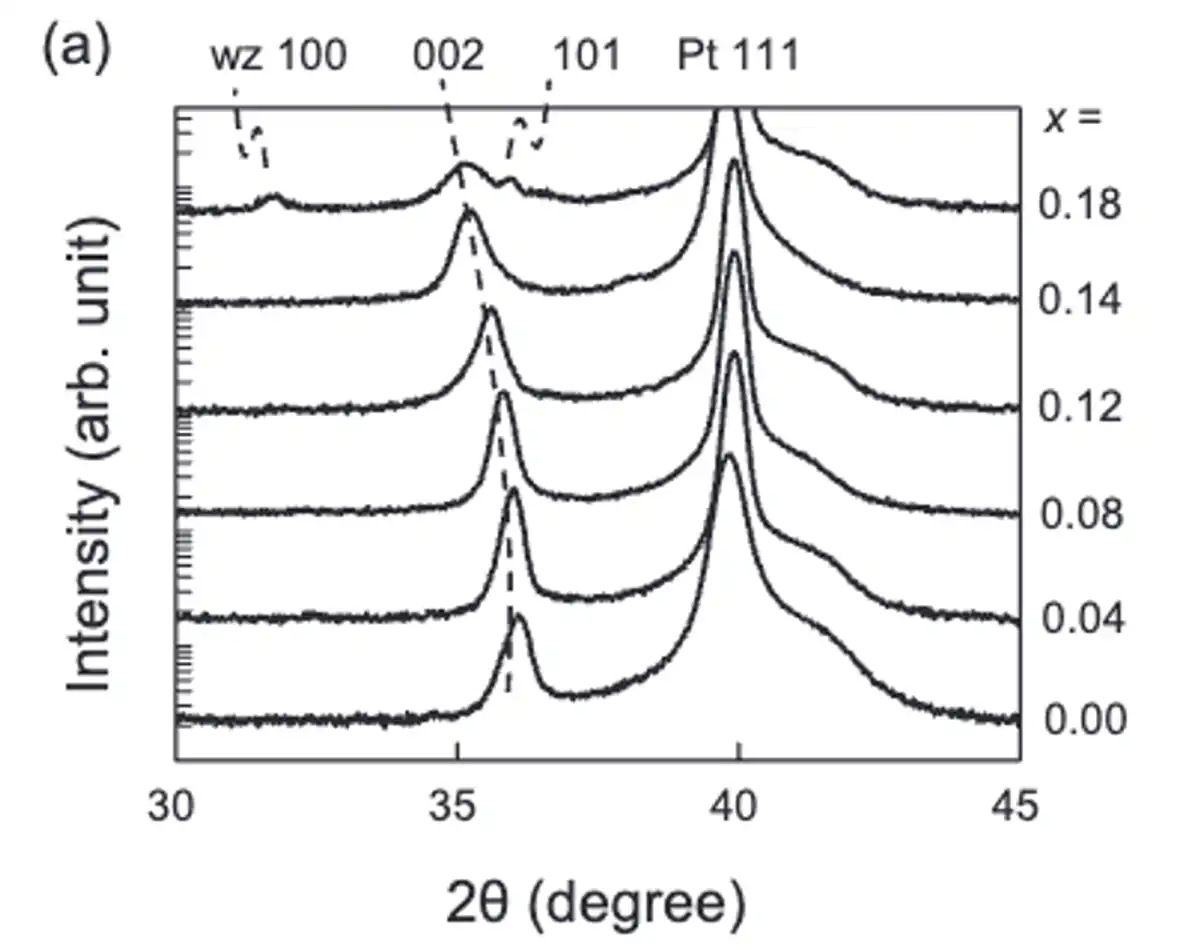

For more information, see:
Synthesis and Calculations of Wurtzite Al1–xGdxN Heterostructural Alloys, Chemistry of Materials (2022)
Defect Control Strategies for Al1−xGdxN Alloys, Journal of Applied Physics (2024)
Combinatorial Synthesis and Characterization of Thin Film Al1-xRExN (RE = Pr3+, Tb3+) Heterostructural Alloys, Journal of Materials Chemistry C (2024).
Integration of Emitters with Scalable Materials Platforms
We find heteroepitaxial partners for new emitter materials, which allow efficient current injection, namely materials that are wide bandgap and bipolar dopable. For many nitrides, this platform is a member of the III-N system like GaN. The research primarily focuses on interface quality of integrated dissimilar thin films, analyzing the creation and propagation of defects and their impact on the emitter material. We have primarily explored II-IV-N2 compounds to expand the impact of the III-N optoelectronic system, enabling more tunability through more lattice-matched semiconductor options. This work is performed in collaboration with Ames National Lab and the Colorado School of Mines.
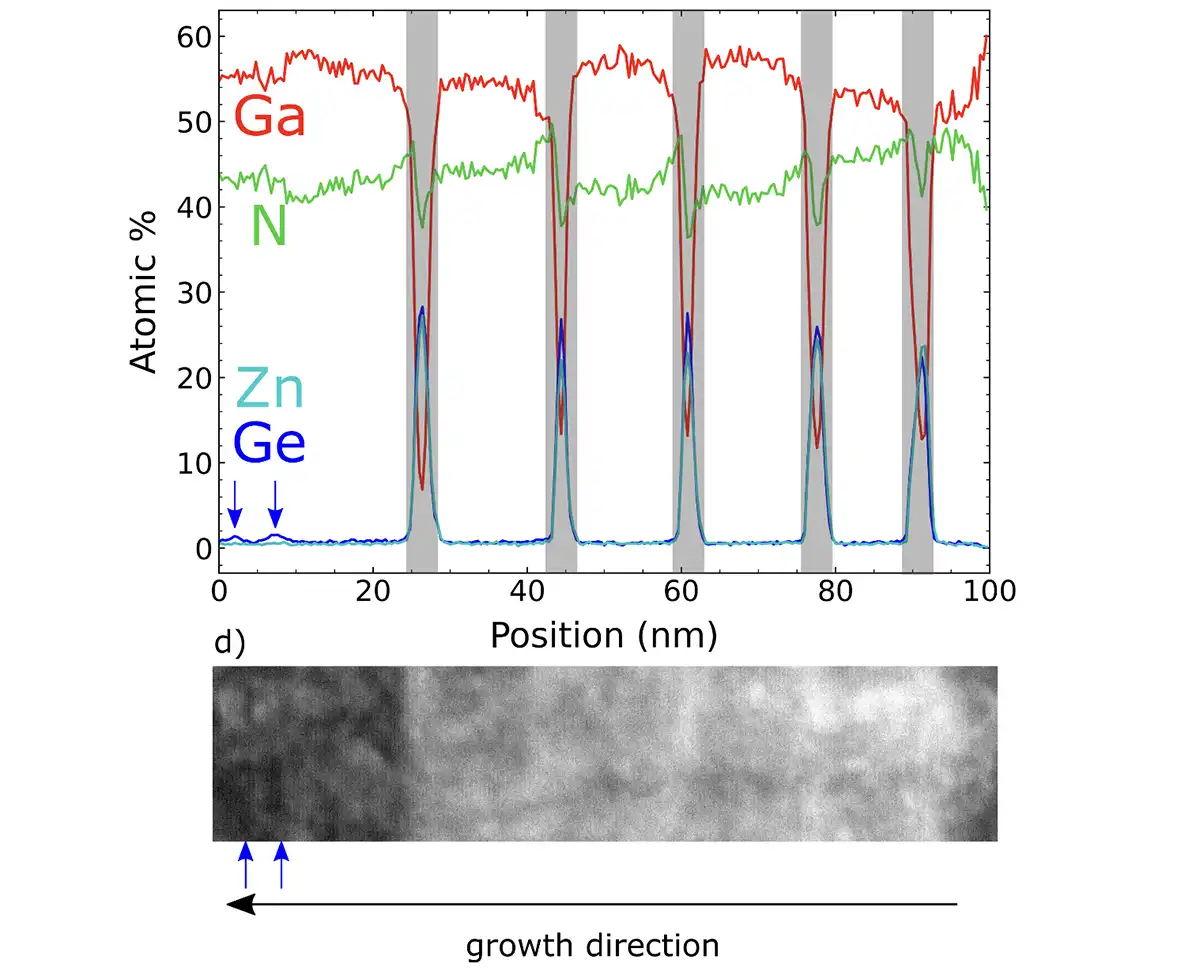
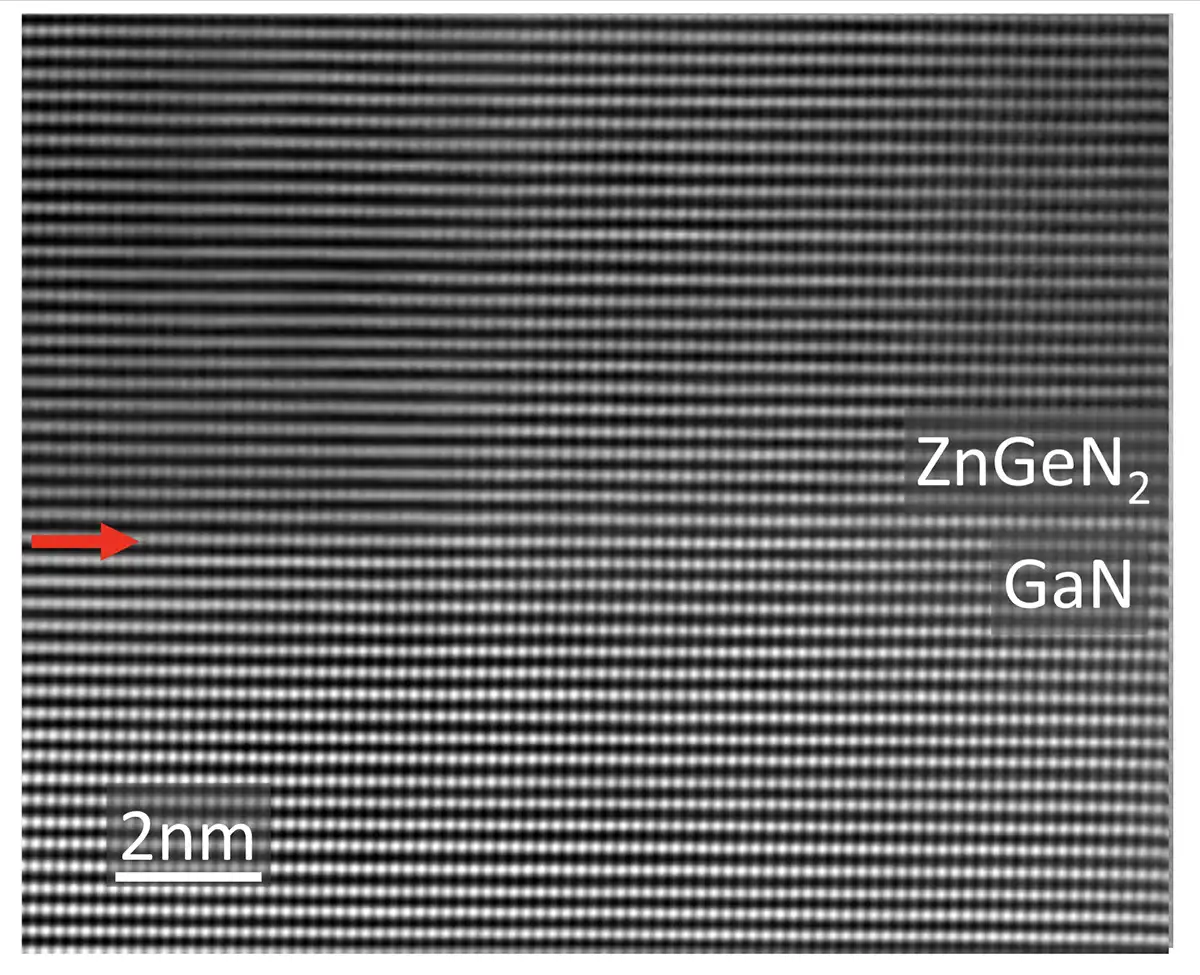
For more information, see:
Ternary Nitride Materials: Fundamentals and Emerging Device Applications, Annual Review of Materials Research (2021)
Structure, Defects, and Optical Properties of Commensurate GaN/ZnGeN2/GaN Double Heterojunctions, Journal of Materials Chemistry C (2023)
Heteroepitaxial ZnGeN2 on AlN: Growth, Structure, and Optical Properties, Crystal Growth & Design (2022)
Improving Luminescence Response in ZnGeN2/GaN Superlattices: Defect Reduction through Composition Control, Journal of Physics D: Applied Physics (2024)Projects
The detector and emitter work at NLR has been funded by the U.S. Department of Energy (DOE).
This program was funded to investigate device-relevant material parameters of ternary nitride semiconductors (Zn,Mg)(Ge,Sn)N2, improving our understanding of epitaxial growth capabilities and limitations. The project also explores the integration of hybrid binary/ternary nitrides such as ZnGeN2 and GaN, first through interface studies and also through full device stacks, to extend the efficient emission window of III-N LEDs into the green and amber spectral range.
This program is funded by the DOE SC to explore nitride-based direct neutron detectors. The goals of this program are to alloy neutron-sensitive Gd into wurtzite AlN, design heteroepitaxial devices that take advantage of this material, and demonstrate neutron detection. As part of this project, we are also exploring how to integrate wurtzite nitrides with the hexagonal (111) face of rock-salt structured materials.
METALLIC is a Critical Materials Supply Chain Research Facility focused on accelerating and de-risking critical minerals and materials (CMMs) technology development and commercialization. As a part of this nine-lab consortium, NLR contributes to addressing CMM challenges for semiconductor materials used in energy applications.
SPICE is led by Fermilab and falls within the CHIME (Co-design and Heterogeneous Integration in Microelectronics for Extreme Environments) DOE Microelectronics Science Research Center. As part of this project, we are discovering and researching novel sensor materials.
Research Collaborators
Nancy Haegel – Director of A Center for Power Electronics Materials and Manufacturing Exploration
Stephan Lany – Theoretical/computational
Dennice Roberts – Reliability group
Kelly Schutt – Halide perovskites
Andriy Zakutayev – Materials discovery and design
Davide Braga – High energy physics detectors (Fermilab)
Kai Vetter – Detector measurements (University of California, Berkeley)
Contacts
Share
Last Updated Dec. 10, 2025
